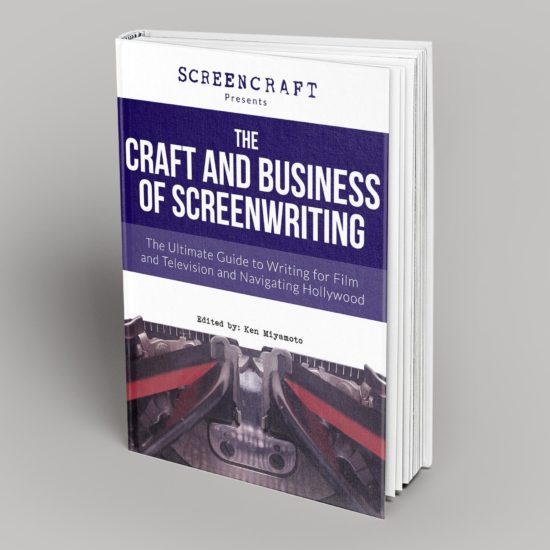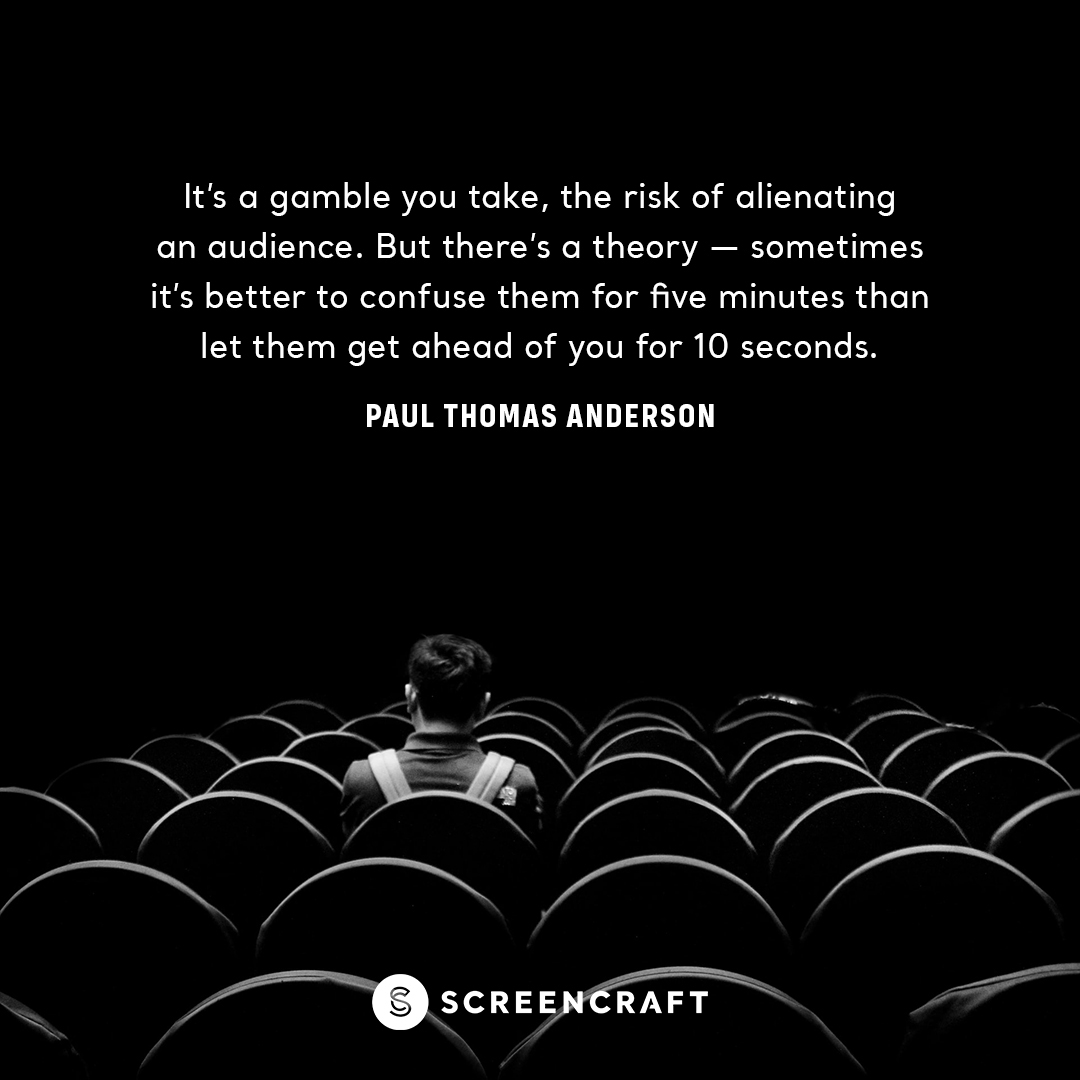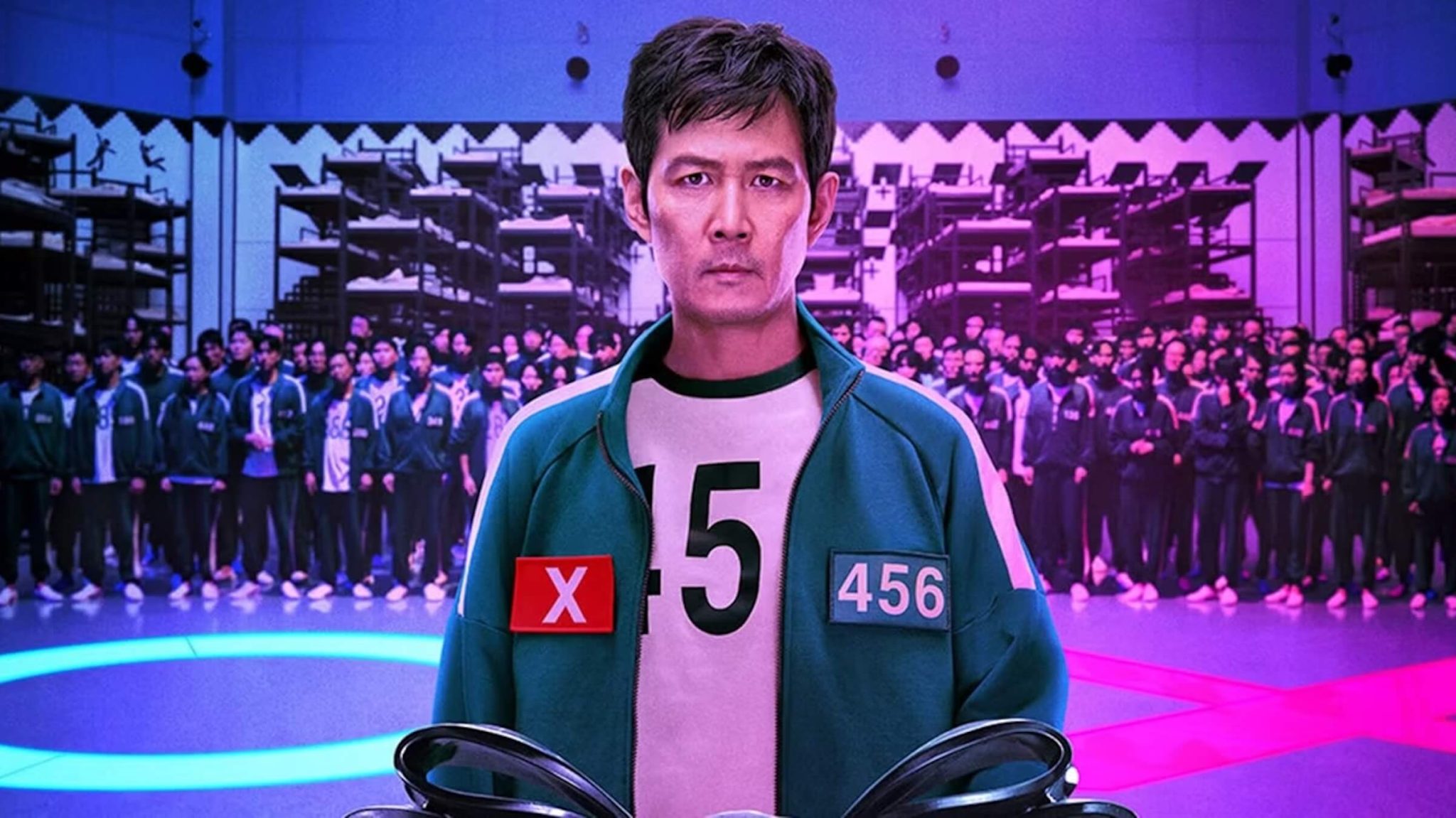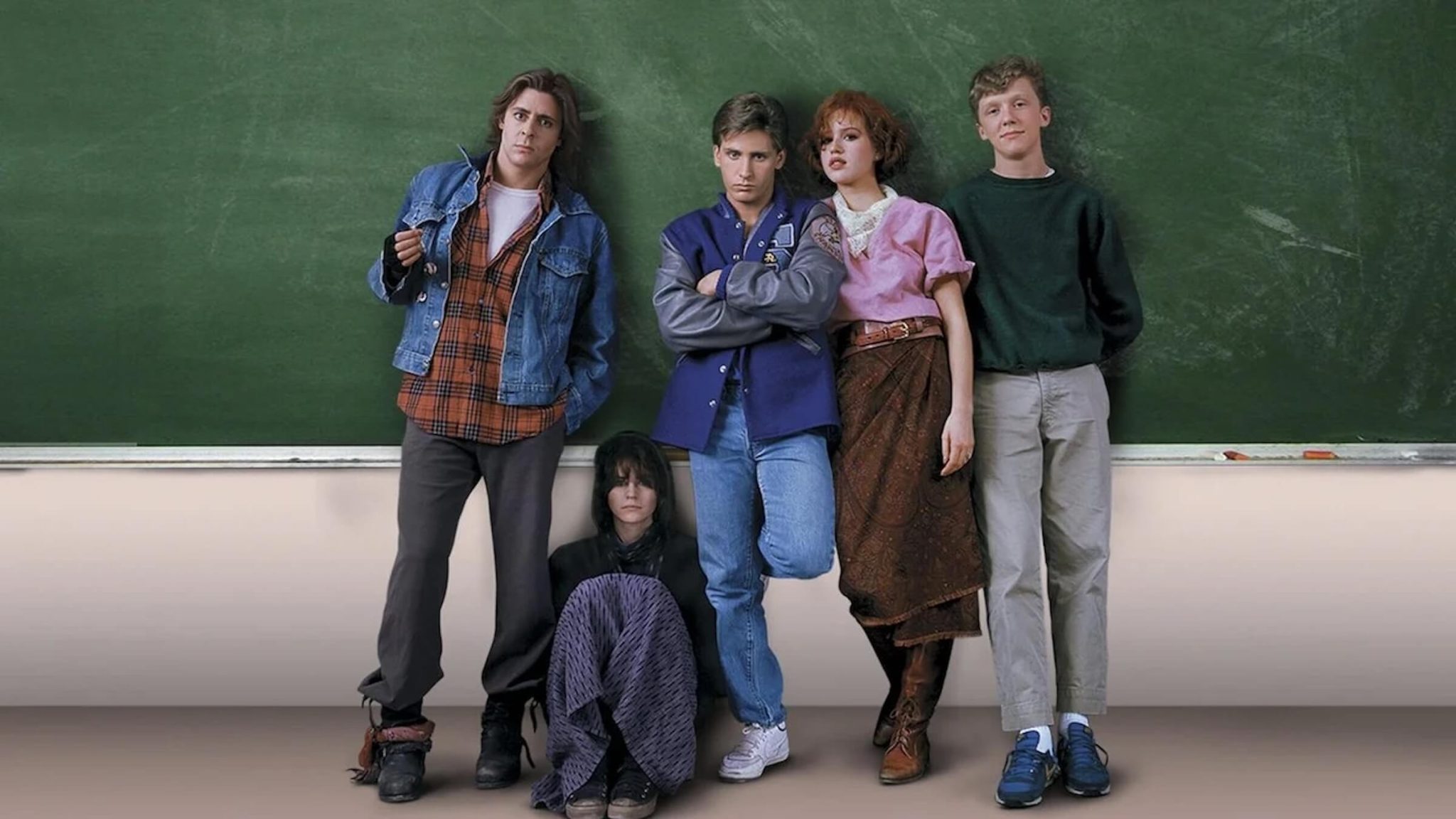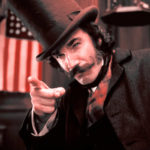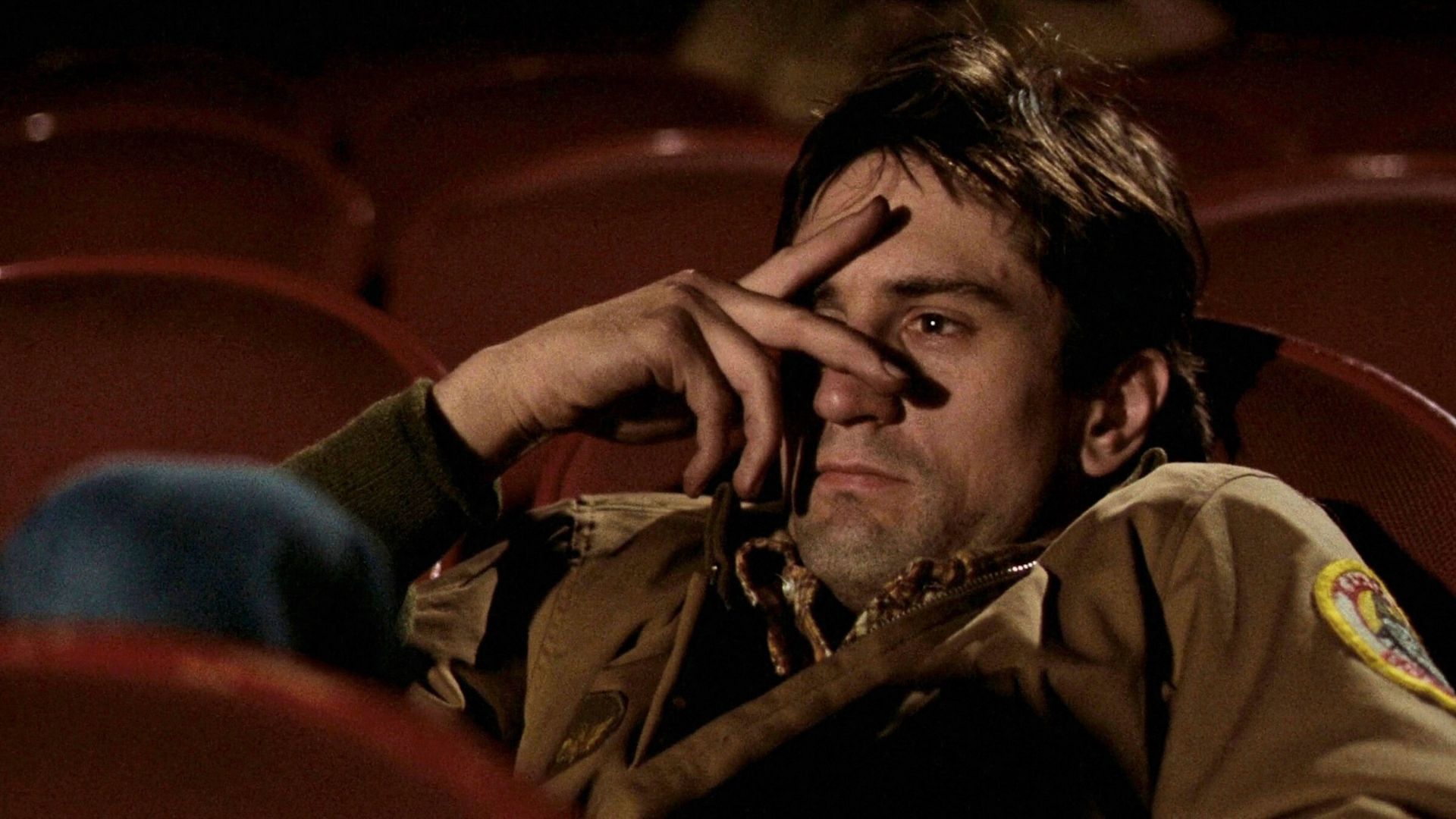Learning From the First Great Screenwriting Book Ever Written: Part 2

What can screenwriters learn from one of the first screenwriting books ever written? Welcome to Part 2 of this ongoing series.
Believe it or not, the first screenwriting book was written more than a decade before the Hollywood sign was erected in 1923. During the early days of what would eventually become a major entertainment industry worldwide, "screenwriting" wasn't even part of the general terminology in filmmaking.
Back in the early days of film — circa the 1890s — scenario writers (not screenwriters) would write scenarios (not screenplays) for short films that debuted in theaters, which were few and far between. Movies were only a couple of minutes long, and scenarios provided brief explanations — written by writers and filmmakers — primarily utilized for marketing and as explanations for audiences that weren’t used to experiencing entertainment in this then-revolutionary technology.
As films became more narratively complex, they went from just one scenario to many. The term scenario evolved into photoplay, which more resembles what we know today as screenplays. One of the first examples of the modern screenplay was from George Melies’ iconic 1902 film, A Trip to the Moon. The photoplay had thirty-some lines of basic descriptions that provided action and locations.
As these cinematic narratives grew, so did the film industry. The first movie theater opened in the year 1905. Five years later, there were ten thousand movie theaters in the United States alone. And as with any budding industry, the more popular cinema became, the more people wanted to be involved.
Technically-speaking, the book we feature here is not the very first screenwriting book — but it's the best of that first bunch. There was a book written in 1910, then in 1911, and by 1913 a few more were published. As the cinema grew, so did the secondary industry of screenwriting education.
To discover talent, studios began to hold the very first screenwriting contests for cash prizes.
Read The Script Lab's The History of Hollywood Screenwriting Competitions!
Which brings us to Anita Loos's How to Write Photoplays, written in 1920. Anita was one of the top screenwriters of her time. She wrote over 137 films and produced 8 of them with her husband John Emerson (he is also credited as an author of this book).
Through a series of multiple posts, we will go through this book cover-to-cover and explore the lessons that can be learned, which amazingly apply to art, craft, and business of screenwriting today.
Take some time to read Part 1 of this ongoing series. Here we continue with Part 2 of Learning From the First Great Screenwriting Book Ever Written!
1. "Crisis and conflict are the great essentials of a dramatic story. Something must happen, and happen speedily. There must be conflict between opposing forces."
When some of you read this quote, you may be thinking, "But I'm not writing a drama."
Make no mistake. All screenplays are dramatic. Drama is defined as a composition in verse or prose intended to portray life or character or to tell a story usually involving conflicts and emotions through action and dialogue. This is every movie that has ever been produced, no matter what the genre.
Comedies have drama. Action flicks have drama. Horror movies have drama.
Crisis and conflict is the driving force of any cinematic narrative. Yes, some stories have more conflict than others. But the lesson learned is that the more conflict there is, the better the script will be because that's what engages and compels audiences. The question of how this character is going to get through this situation has been around since the dawn of man when hunters told hunting stories over the village fire.
2. "There must be logical obstacles which prevent the characters from achieving their goals."
Characters must face significant conflicts that give birth to many smaller conflicts — obstacles — that get in the way of them achieving their goals. Whatever those goals may be.
In Jaws, Chief Brody had a killer shark ravaging his island town. The obstacles he faced were aplenty. The mayor didn't want to bring any alarm to the tourists on the beaches. The killer shark was underwater — something that Brody was deathly afraid of. Brody had to deal with a stubborn captain that wanted to find the shark his own way. Once Quint, Brody, and Hooper were hunting the shark in the ocean depths, they discovered how massive the shark truly was. One barrel wasn't enough to keep the shark on the surface of the water. Two wasn't enough either. And then the shark damaged their boat so they couldn't return to the island's safe shores. Then Quint was killed. Then Hooper went missing. And now it was up to Brody, in a sinking ship, above waters that he was deathly afraid of.
Obstacles are everything in any screenplay written under the umbrella of any genre.
And the success of your screenplay often falls on how unique your obstacles are, how aplenty they are, and how your characters overcome — or succumb — to them. Throw as many obstacles at your characters that you can. But always remember that they have to be logical for the audience to identify with the characters going up against them.
3. "Wherever possible, build your story around a theme and make your climax the outcome of some great universal truth."
Theme is what relates the audience to your story and the characters within. It's that universal truth that anyone can connect with by the end of your story.
- Man/Woman vs. Nature (Jaws, Cast Away)
- Man/Woman vs. themselves (Scarface, The Godfather)
- The Loss of Innocence/Coming of Age (Stand By Me, Juno)
- Revenge (Mean Girls, Memento)
- Death as Part of Life (What Dreams May Come, A Walk to Remember)
- The Battle/Horrors of War (Hacksaw Ridge, Lone Survivor)
- Individual vs. Society (The Elephant Man, Fight Club)
- Triumph Over Adversity (Rudy, The Pursuit of Happyness)
- Love Conquers All (Titanic, Shrek)
- Good vs. Evil (Star Wars, The Lord of the Rings)
These are just a few of the universal themes that can be explored. Everyone identifies with them. If you build your stories and characters around specific universal themes, the script readers and the audience members will walk away from your story with that coveted cathartic feeling that stays with them.
Read ScreenCraft's The Single Most Important Element of a Successful Screenplay!
4. "Keep up the suspense. Quicken it. And allow nothing to find its way into the story that may block or deaden its progress."
The book offers a perfect metaphor, which we'll adjust to the times somewhat.
Imagine a small boy armed with a slingshot.
He's about to shoot a pebble into a target. He slowly draws back the elastic band and lets the pebble fly.
If his aim is true, the pebble will find its target, and everyone will cheer.
The elastic band of the slingshot is the mind of your audience. The action, continually progressing through the screenplay, increases the strain and heightens the suspense. The tenseness of the situation rises until you reach the climax where you let your pebble fly. You either hit your target, and the protagonist wins or they are defeated.
Never let anything stop the momentum of your plot (the pull of that elastic slingshot band). You may have those fun, exciting, or visually stunning scenes or sequences, but if they don't fit into the story and plot, get rid of them. You may even be tempted to break away from the plot for a good laugh, a good fight scene, or a good romantic situation — don't do it!
5. "Little signposts should dot the course of your plot, keeping the mind of the onlooker interested in what is to come next."
This brilliant excerpt points directly to the power of foreshadowing, which in screenwriting terms can be better described as plants that lead to eventual payoffs.
You heighten suspense — which is a child of anticipation — by foreshadowing coming events without giving the secret away. And this type of writing legitimizes the eventual choices you make because the script reader or audience can be back in your story and see the subtle clues you left along the way.
An easy way to accomplish this is to go back and pepper your screenplay after you've reached the end of your script — and after you’ve taken a break from it and returned a month later to reread it cover-to-cover.
What that means is that you need to go back and spice it up. Throw in some more quality misdirection by raising more questions or showing us some subtle visual clues leading up to each and every twist, turn, plant, and payoff.
Read ScreenCraft’s Best “Plant and Payoff” Scenes Screenwriters Can Learn From!
If you watch The Sixth Sense again, keep an eye out to see how M. Night Shyamalan peppered that script — which eventually made the audience go back multiple times to discover those subtle moments and clues.
This is perhaps the most enjoyable part of the writing process because you’ve already done the legwork of plotting out what was initially a complicated story — now you get to play in that sandbox.
6. "Misspelled words or badly typed scripts do not help the chance of the story."
Hollywood is always looking for red flags to help filter unworthy or unwanted scripts through the system, so you don't ever want to let bad grammar, misspelled words, and lousy format to get in between you and your dream opportunity.
But it goes beyond Hollywood's filtration system and red flags.
Bad grammar, misspelled words, and bad format halt the momentum of the read of your script. Sure, mistakes are going to happen. You're going to miss a homophone here and there (their vs. they're), you're going to spell something wrong (breath vs. breathe), and you're going to format something improperly. It happens.
However, when you don't take the time to proofread your script multiple times before you send it out to someone, you're only shooting yourself in the foot when it comes to the need of wanting that script reader to be invested in your story.
In short, it's a distraction for the script reader. They'll forgive a mistake now and then, but if the script is riddled with such errors, it's going to annoy and distract them from the story you are trying to tell.
7. "Remember, the story is being told in pictures."
The quote from this book pertains to a different topic, but it touches on something that screenwriters need to remind themselves as they are writing. The story is being told in pictures. It's a visual medium.
Too many screenplays make the mistake of using dialogue as a crutch to tell the stories.
Imagine if Indiana Jones and the Last Crusade had made this mistake. Envision Indiana Jones sitting down and explaining to Marcus how he had attained his signature fedora, whip, chin scar, and fear of snakes. Imagine the long block of dialogue.
Now watch this iconic opening sequence to the third film in the trilogy.
Using dialogue as a crutch for exposition is lazy writing. And you are going against what cinematic stories are all about — visual storytelling. It's a visual medium.
With each and every scene that you write, stop and remind yourself that the story is going to be told in pictures. How many scenes and moments do you have where a character is talking? What are they talking about? Are they describing things that we maybe should be seeing instead of hearing?
It's an excellent way to test every scene that you write. Be honest with yourself. Are you showing us or telling us? Dialogue isn't there for information dumps, and it's not there for the characters to divulge their inner feelings. Show us, don't tell us.
This is just Part 2 of an ongoing series of posts pulling inspiration and screenwriting wisdom from an almost one-hundred-year-old screenwriting book. Stay tuned for more and read Part 1 if you haven't already!
Ken Miyamoto has worked in the film industry for nearly two decades, most notably as a studio liaison for Sony Studios and then as a script reader and story analyst for Sony Pictures.
He has many studio meetings under his belt as a produced screenwriter, meeting with the likes of Sony, Dreamworks, Universal, Disney, Warner Brothers, as well as many production and management companies. He has had a previous development deal with Lionsgate, as well as multiple writing assignments, including the produced miniseries Blackout, starring Anne Heche, Sean Patrick Flanery, Billy Zane, James Brolin, Haylie Duff, Brian Bloom, Eric La Salle, and Bruce Boxleitner. Follow Ken on Twitter @KenMovies
For all the latest ScreenCraft news and updates, follow us on Twitter, Facebook, and Instagram.
Tags
Get Our Screenwriting Newsletter!
Get weekly writing inspiration delivered to your inbox - including industry news, popular articles, and more!





